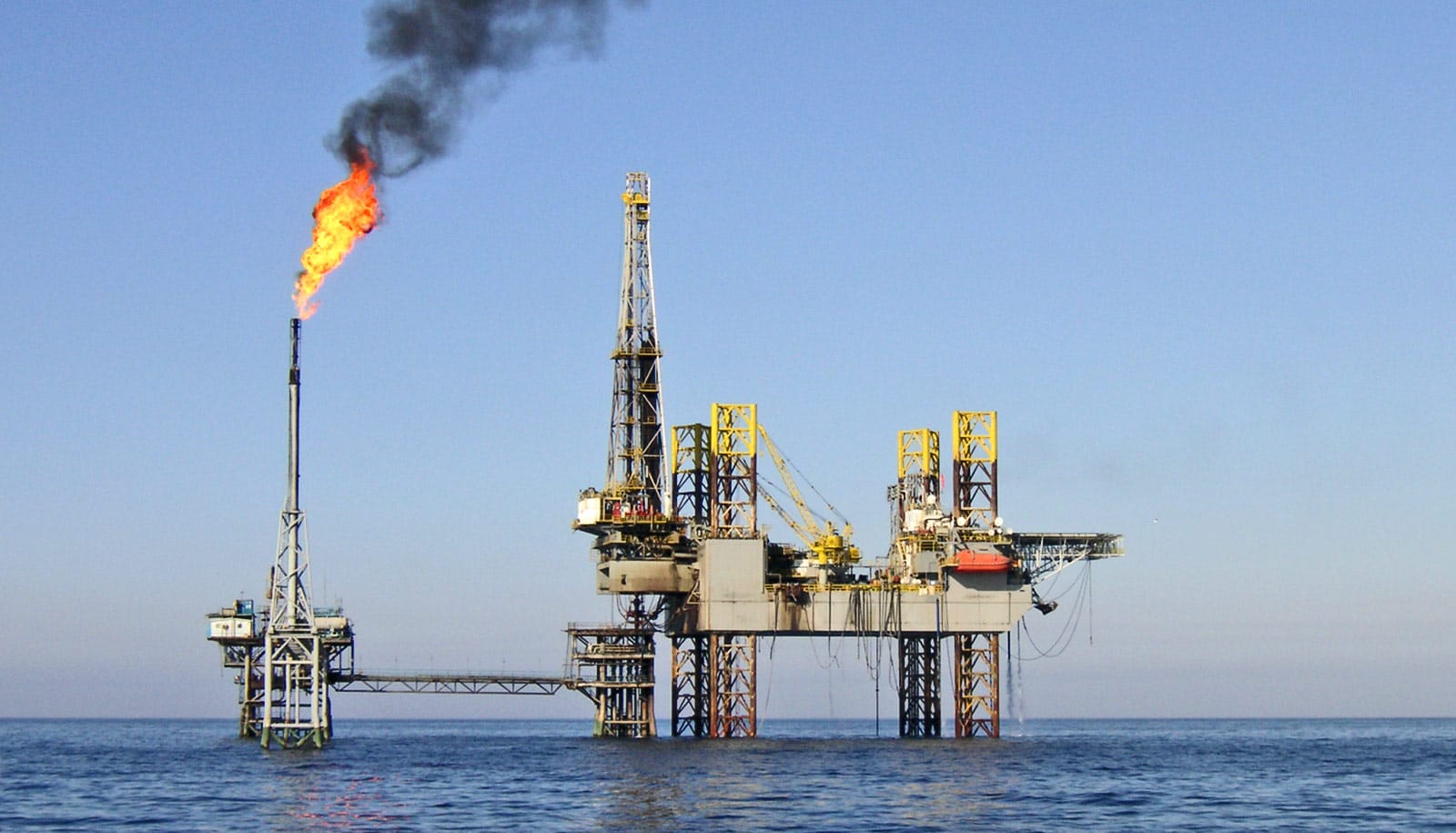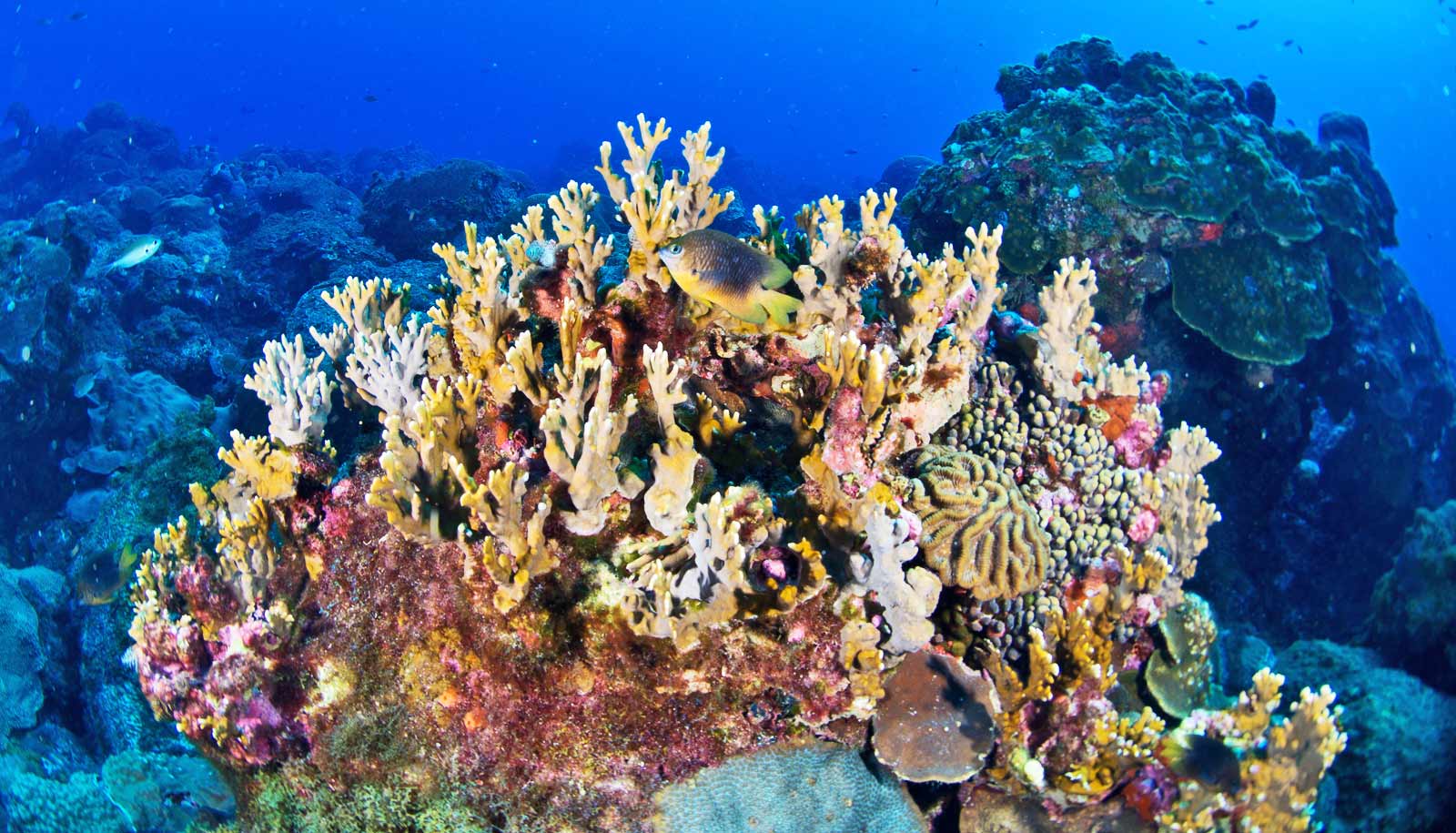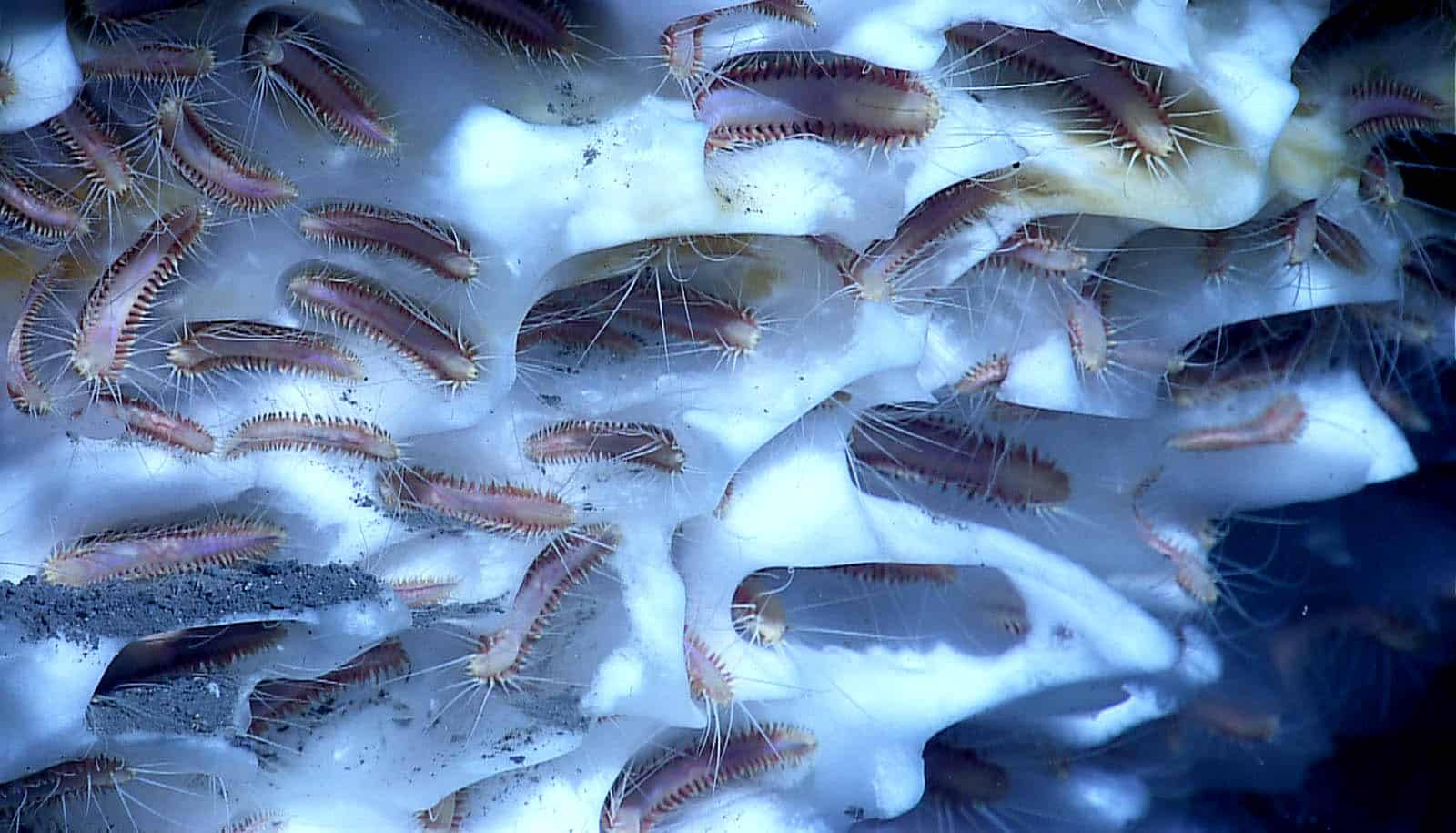
"We have known onshore oil and gas production often emits more methane than inventoried," says Eric Kort. (Credit: Getty Images )
Offshore oil platforms spew lots of methane
Sampling the air over offshore oil and gas platforms in the Gulf of Mexico suggests the federal government's calculations of methane emissions are too low.
Offshore energy-producing platforms in United States waters off the Gulf of Mexico emit twice as much methane than previously thought, according to a new study.
The findings of a first-of-its-kind pilot study, which sampled air over offshore oil and gas platforms in the Gulf of Mexico, suggest the federal government’s calculations are too low, researchers say.
For the full US Gulf of Mexico, oil and gas facilities emit approximately one-half a teragram of methane each year, comparable with large emitting oil and gas basins like the Four Corners region in the southwest US.
The effective loss rate of produced gas is roughly 2.9%, similar to large onshore basins primarily focused on oil, and significantly higher than current inventory estimates.
Offshore harvesting accounts for roughly one-third of the oil and gas produced worldwide, and these facilities both vent and leak methane.
Until now, researchers have made only a handful of measurements of offshore platforms—and have conducted no aircraft studies of methane emissions in normal operation. Each year the EPA issues its US Greenhouse Gas Inventory, but its numbers for offshore emissions are not produced via direct sampling.
Three reasons for methane discrepancy
The study, published in Environmental Science and Technology , identifies three reasons for the discrepancy between EPA estimates and their findings:
- Errors in platform counts: Offshore facilities in state waters, of which there are in excess of 1,300, were missing from the US Greenhouse Gas Inventory.
- Persistent emissions from shallow-water facilities, particularly those primarily focused on natural gas, are higher than inventoried.
- Large, older facilities situated in shallow waters tend to produce episodic, disproportionally high spikes of methane emissions.
These facilities, which have more than seven platforms apiece, contribute to nearly 40% of emissions, yet consist of less than 1% of total platforms. If this emission process were identified, it could provide an optimal mitigation opportunity, the researchers say.
EPA officials are already making adjustments to correct their count of offshore platforms operating in the Gulf of Mexico, says Eric Kort, an associate professor of climate and space sciences and engineering at the University of Michigan. But emissions estimates, particularly for shallow waters, still need adjustments.
“We have known onshore oil and gas production often emits more methane than inventoried. With this study we show that this is also the case for offshore production, and that these discrepancies are large,” Kort says.
“By starting to identify and quantify the problem, with a particular focus on larger shallow water facilities, we can work towards finding optimal mitigation solutions.”
Investigation from the air
In addition, those shallow-water discrepancies warrant further investigation, Kort says, since deep water facilities may send some of the oil and gas they produce via pipeline to others located closer to shore.
The team conducted its sampling in 2018 with Scientific Aviation using a small research plane with enough room for a pilot and passenger in the two front seats, and scientific gear where there normally would be two rear two seats.
Tubes along the wings of the plane drew in air that was pumped to the equipment for analysis of the amount of methane included as well as wind speed. Circling a single platform gives researchers a better idea of how much methane that single source is emitting.
In addition to 12 individual facilities, the flights also covered larger geographical areas. Flying downwind from clusters of 5 to 70 oil and gas facilities, and taking similar measurements, researchers can evaluate how well inventory estimates compare with large numbers of platforms.
“By measuring emissions from both individual facilities as well as many dozens of facilities we can compare results, evaluate different inventories, and generate a more statistically robust estimate of total emissions from the US Gulf of Mexico,” says lead author Alan Gorchov Negron, a PhD candidate in climate sciences.
The UN-managed Climate and Clean Air Coalition Oil and Gas Methane Science Studies and the Alfred P. Sloan Foundation funded the work.
As a pilot study, Kort says the research is promising but has gaps. Greater statistical sampling and identification of the cause of high emissions can guide mitigation and improve reported emissions.
To further the work and fill in these gaps, new aerial sampling, funded by the Alfred P. Sloan Foundation, is in the works. The project will mean more flights later over the next three years over the Gulf of Mexico, Alaska, and California.
Source: University of Michigan
The post Offshore oil platforms spew lots of methane appeared first on Futurity .
Share this article:
This article uses material from the Futurity article, and is licenced under a CC BY-SA 4.0 International License. Images, videos and audio are available under their respective licenses.


